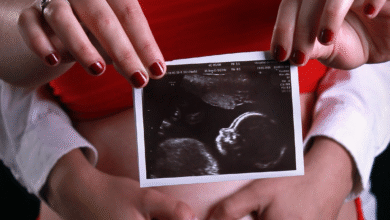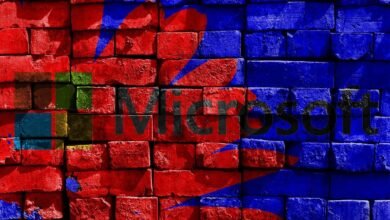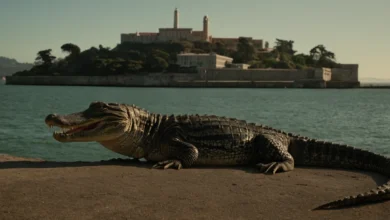
Get ready to witness a groundbreaking leap in transportation as the world’s first fully electric flying car prepares to make its debut. Alef Aeronautics, a pioneering California-based company, has achieved a remarkable feat by obtaining approval from the Federal Aviation Administration (FAA) for its revolutionary creation.

Alef Aeronautics’ flying car has been given a Special Airworthiness Certification from the Federal Aviation Administration (FAA), meaning the company will be allowed to road/air test the car. Credit: Alef Aeronautics
This monumental achievement means that Alef Aeronautics is now gearing up to unveil its visionary flying car, aptly named “Model A.” This cutting-edge vehicle represents a fusion of innovation and sustainable technology, setting the stage for a new era of urban mobility.
The Model A is not just a car; it’s an extraordinary piece of engineering that blends terrestrial and aerial capabilities. Designed to be fully electric, with an option for a hydrogen power source at an elevated cost, the Model A can traverse up to 200 miles on regular roads, making it an ideal solution for urban commuting. But here’s where it truly shines: with the ability to take off vertically, it can seamlessly transition from roads to the skies, covering a flying range of 110 miles.
The concept behind the Model A is as captivating as its design. A unique “gimbaled rotating cabin design” ensures stability during flight, offering a safe and exhilarating experience for occupants. As it effortlessly glides above obstacles, passengers are treated to a panoramic 180-plus-degree view, transforming the ordinary into an extraordinary adventure.
FLYING CAR LIFTS OFF IN DUBAI!
— Lovin Dubai | لوڤن دبي (@lovindubai) October 11, 2022
Unveiled at GITEX GLOBAL, the XPENG AEROHT is the largest flying car company in Asia. Not available for sale just yet, their vehicle is reportedly up and running for test flights. 1/2 pic.twitter.com/nhMgLvOYQz
Excitement for the Model A is palpable, with preorders pouring in from individuals and businesses alike. Priced at an estimated $300,000, this groundbreaking vehicle is set to redefine urban transportation and usher in an era of eco-friendly and efficient travel.
The FAA’s approval is a testament to the transformative potential of the Model A and electric flying cars in general. While the Special Airworthiness Certificate permits limited activities such as exhibitions and research, it signals a promising shift in the landscape of transportation. As the world eagerly awaits the official unveiling of the Model A, it’s clear that the future of mobility is about to take flight like never before.
Stay tuned for the imminent arrival of the world’s first fully electric flying car – a marvel of engineering that promises to revolutionize the way we navigate our cities and skies.





Thanks for sharing. I read many of your blog posts, cool, your blog is very good.